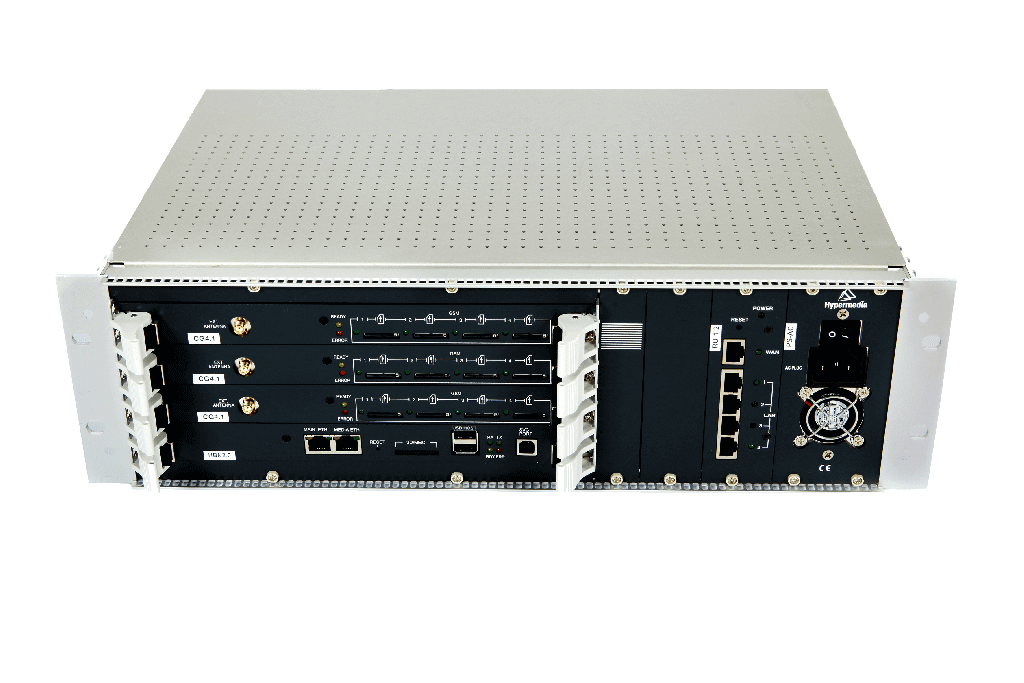SIM banks or SIM box are a wonderful piece of technology that we can’t thank enough. Especially when it comes to those who utilize the services of a SIM box, they feel as if they are a forever debt of this wonderful equipment. In this piece, we will explore in-depth how does a SIM bank actually function.
Call it a SIM bank or a SIM box, but it is basically a piece of technology that is a hardware module that is used with GSM gateway modules. Different models of SIM banks can hold a different number of SIM cards. Most popular models can hold anywhere from 32, 60, and up to 120 SIM cards. There are also models that can hold SIM cards more than that but it varies from the preference of operator to operator.
A SIM bank can also be called a SIM aggregator as it holds multiple SIM cards from different service providers in a single location. The connection of the SIM cards inserted in the SIM bank can be and is usually carried via the IP network. This implies that there is freedom for the GSM gateway to be installed anywhere away from the SIM cards. There is no limit to that. It can be installed in different locations in the same city, in different cities of the same country or even different countries altogether. Even with that, the SIM cards will still be at the disposal of the operator.
For the service provider of the SIM cards, the registration point of the SIMs will be the location of the gateway. But a SIM box is much more than that. Some more features of the SIM box include the following:
- It allows for centralized and convenient management of multiple SIM cards from multiple services provides, connected to multiple gateways.
- The SIM box allows for easy installation of the SIM card or hot-swapping.
- With the pre-installed softwares in the SIM box, it automatically distributes multiple SIM cards among different GSM gateways as per the algorithm defines on a temporary basis. The settings can later be changed by the operator according to their preference.
- SIM banks also have a feature that allows for automatic replacement of SIM cards on specific GSM gateways. The replacement can be triggered on a timely basis or when certain events occur.
Thanks to the power of the SIM box, the operators can easily switch SIM cards for different gateway locations and different physical locations which tie different SIM cards to different GSM gateways. This creates an illusion of movement for the carrier and significantly reduces the chances for the detection or blocking of the SIM card.
The SIM banks serve with its connection to a VoIP gateway that transmits international calls and SMS over the internet and helps them reach their intended destination at the fraction of a cost. The various SIM cards that a SIM box holds are linked to the gateway but store separately from it. Perhaps one of the best applications and uses of a SIM box is that it allows for housing SIM cards from multiple service providers in a single location.
Through the power of VoIP connection, the operator of the SIM box can route international calls which allow for connecting international calls as local traffic. The operator can bypass the direct connection and along with that, high rates that are charged by the local service providers (network operators). It allows for voice and SMS termination on international calls which would otherwise cost a significantly high amount.
In the modern SIM box models, SIM cards can be placed apart from GSM gateways but can remain connected via IP. This requires a strong internet connection with fast speed. These modules can be connected to work with multiple GSM gateways all placed significantly apart from one another. by attaching a separate SIM card for GSM/VoIP gateway module, it can allow for the same SIM card to call from different gateways which create an illusion of movement and reduces chances of getting detected and blocked.
Some of the main advantages of a SIM box include SIM cards rotation and SIM card Migration. In SIM card Migration, the SIM cards are registered on different GSM modules with a specified frequency; with several GSM gateways located in different parts of the same locality, country, or even different countries, the system can make a SIM card to make calls from different gateways and create an image of a moving subscriber which reduces a car’s chance of being blocked by the service provider.
As for SIM rotation, it allows preserving resources and mitigates load from different SIM cards, thus allowing preventing them from being blocked. It divides SIM cards into different groups and keeps rotting the responsibilities of the SIM cards from one to another.
In short, SIM banks are a valuable and useful piece of technology that are in high demand and can’t be replaced so easily.
















